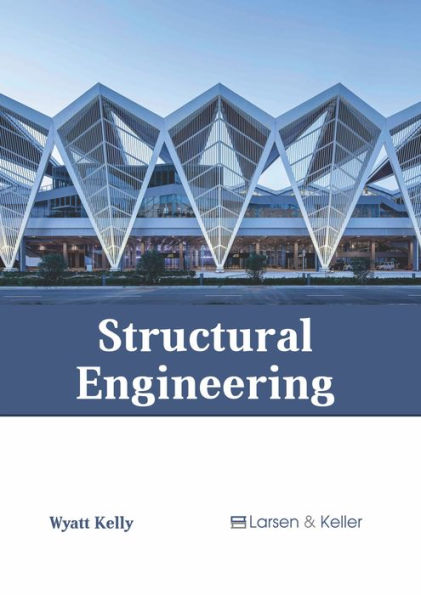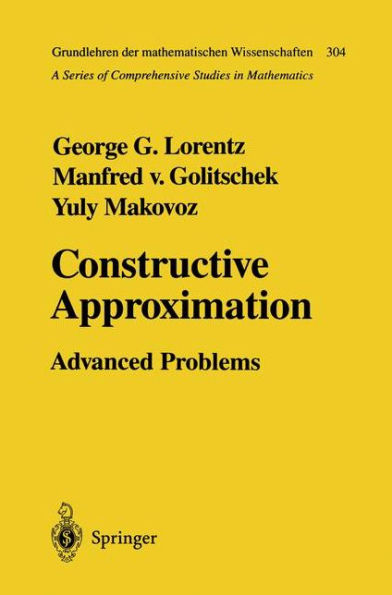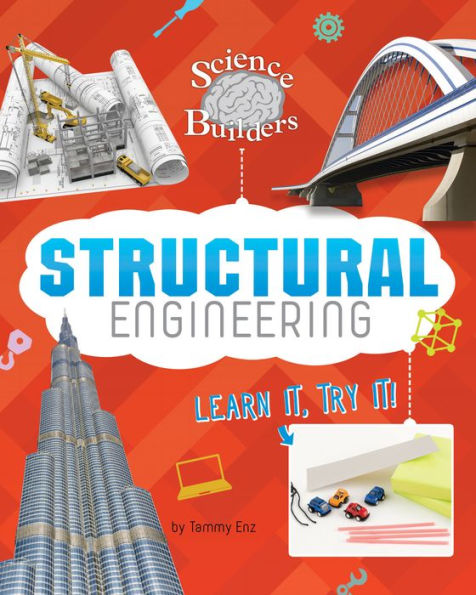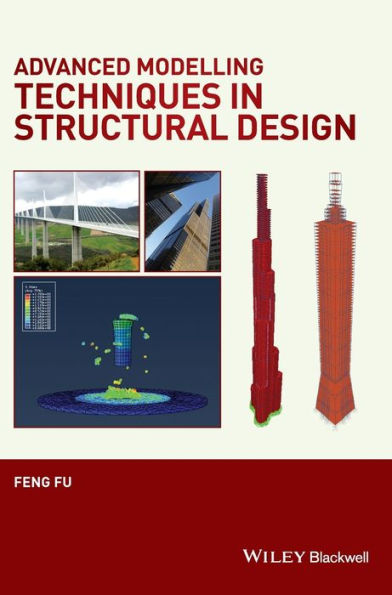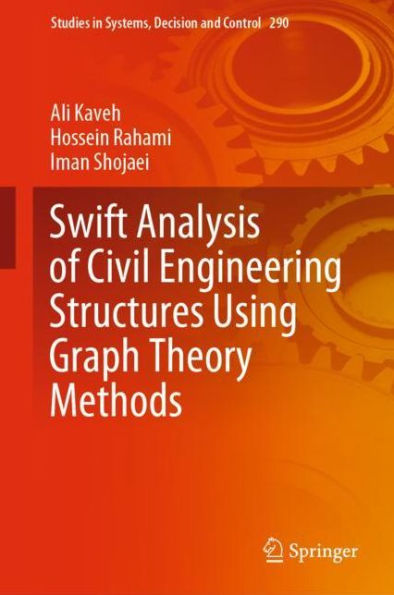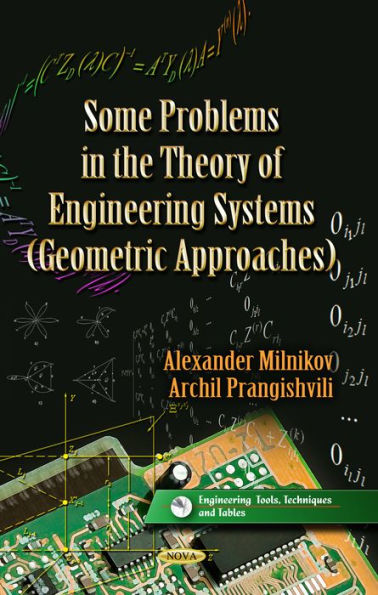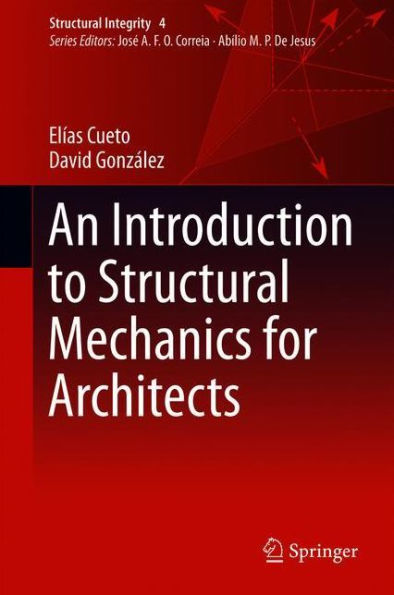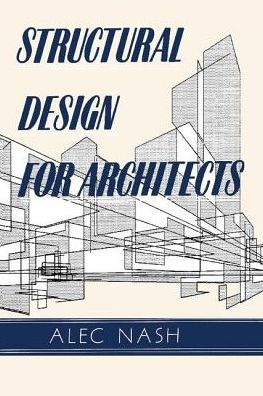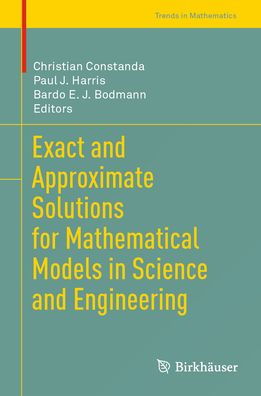Home
Structural Engineering Art and Approximation
Barnes and Noble
Structural Engineering Art and Approximation
Current price: $44.86
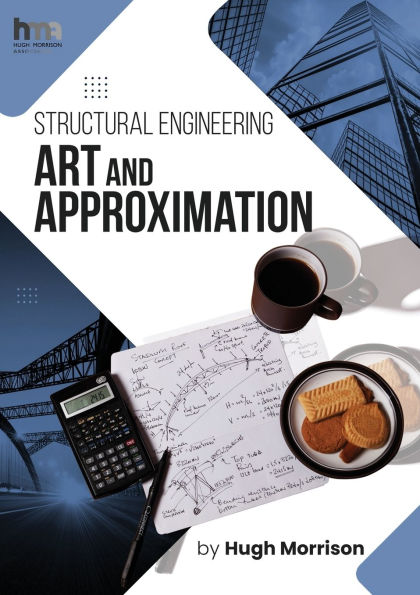

Barnes and Noble
Structural Engineering Art and Approximation
Current price: $44.86
Size: Paperback
Loading Inventory...
*Product information may vary - to confirm product availability, pricing, shipping and return information please contact Barnes and Noble
"It is better to be roughly night than precisely wrong." John Maynard Keynes
LOOK INSIDE?
Samples and chapter summaries may be found on the website www.struartapp.com
This book contains approximate structural calculation methods for engineers and architects. For easy reference and assimilation it is broken down into categories from simple beams to more complex examples. With numerous figures and photographs it closely relates theory to real structures. Engineering structures is mostly formally taught in a lecture room with little time devoted to real examples. On graduation an engineer has to cope with turning this eagerly acquired knowledge into reality. To make sense of this a designer needs to be able to test their ideas with a simple set of tools which involve little more than pen, paper and calculator. Architects often wonder if there is an easier way to evaluate alternative structural solutions in their designs.
LOOK INSIDE?
Samples and chapter summaries may be found on the website www.struartapp.com
This book contains approximate structural calculation methods for engineers and architects. For easy reference and assimilation it is broken down into categories from simple beams to more complex examples. With numerous figures and photographs it closely relates theory to real structures. Engineering structures is mostly formally taught in a lecture room with little time devoted to real examples. On graduation an engineer has to cope with turning this eagerly acquired knowledge into reality. To make sense of this a designer needs to be able to test their ideas with a simple set of tools which involve little more than pen, paper and calculator. Architects often wonder if there is an easier way to evaluate alternative structural solutions in their designs.
